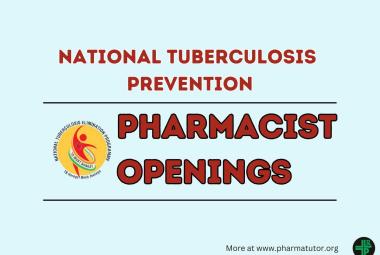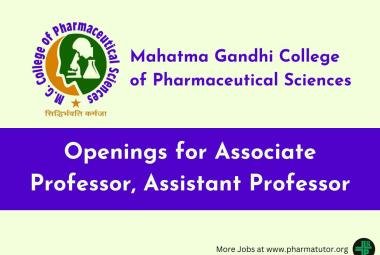About Authors:
Yogesh Yaduwanshi*, Gireesh Mehta, Jitendra Shakyawal, Surya Pratap, Sanjay Singh, Mahaveer Kabra
Department of Pharmacology,
Kota College of Pharmacy, Kota,
Rajasthan India
*yogeshyaduwanshi24@gmail.com
Abstract:
Chemicals are an integral part of our daily lives and are responsible for substantially improving them. Yet chemicals can also endanger our health, even our survival. This report focuses on neurotoxic substances, those chemicals that adversely affect the nervous system. Included among such substances are industrial chemicals, pesticides, therapeutic drugs, abused drugs, foods, food additives, cosmetic ingredients, and naturally occurring substances. Whether a substance causes an adverse health effect depends on many factors, including the toxicity of the substance, the extent of exposure, and an individual's age and state of health. Minimizing public health risks requires knowledge about the properties and mechanisms of action of potentially toxic substances to which humans may be exposed. The assessment includes discussion of industrial chemicals, pesticides, therapeutic drugs, substance drugs, foods, food additives, cosmetic ingredients, and such naturally occurring substances as lead and mercury. It does not include radioactive chemicals, nicotine, alcohol, biological and chemical warfare agents, microbial, plant, and animal toxins, and physical agents such as noise.










